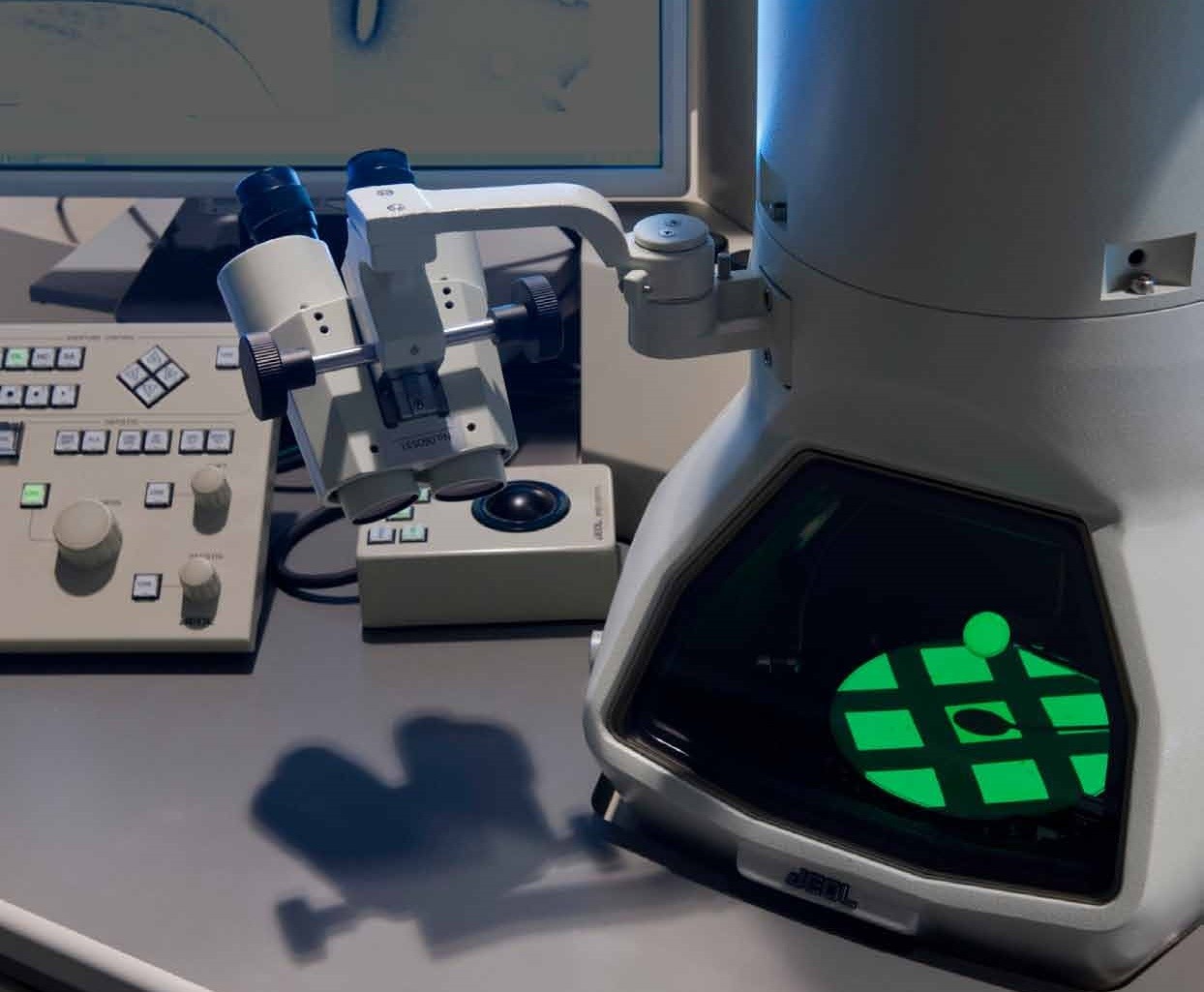It’s fascinating to see how dynamic solar cells can be on the micro and nanoscale, especially if you excite them with light or current!
In my research, I use a very special family of microscopes called electron microscopes (SEMs, TEMs) which use electrons to see, instead of light. This allows us to see deep down into the nanoscale and understand materials in more detail.
In particular, I study a new family of materials called hybrid perovskites which are excellent candidates for the next generation solar cells and LEDs. They are cheap and easy to fabricate and can absorb light very efficiently, as they are made with an interplay between soft (organic) materials and hard (inorganic) materials. This makes these materials unique, exciting but also complex to understand and somewhat unstable.
Using electron microscopes, I aim at sheding light on the way perovskites work and stop working in solar cell devices on the nanoscale. Until now, we have looked at the nanoscale of these materials as static “frozen” systems. However, we know they are extremely dynamic and changing, especially if you excite them with light or current. In my PhD I am developing new “in situ” techniques, so methods to look at the changes are they happen inside the microscope, to better understand these new solar cells under these stimuli.
This will enable us to fabricate more efficient stable devices which will transform the renewable energy sector of solar cells.
NanoDTC Student, c2018
Cover image – Wageningen University

